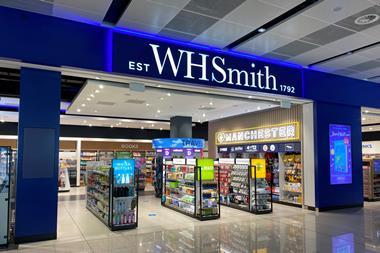Droughts in the US and Russia have already had a devastating effect on grains prices, but their impact is likely to go far beyond that. Cost inflation in grains could carry through to glucose - and that, in turn, could spell higher prices for many popular foods, including biscuits, confectionery and soft drinks.
Perhaps surprisingly, glucose isn’t used for its sweetness in most cases - sucrose and fructose as well as sugar substitutes are far sweeter.
It is mostly used as a thickener and a source of energy, and it is particularly important as a raw material in the production of many chemicals used in the food industry, such as citric acid, ascorbic acid (Vitamin C), monosodium glutamate and sorbitol.
Commodity risers and fallers: 25 August 2012
Despite continued low global demand and record production in Saudi Arabia, crude oil prices are rising again, by 14% month-on-month to £544.6/t - and 10% year-on-year. This is in response to political tensions with Iran and speculation the US could release strategic oil reserves as well as lower interest rates, which could spark a recovery in demand.
The orange juice market is also looking volatile. Prices remain cheaper year-on-year and month-on-month, driven down in part by forecasts of a bigger 2013 crop for Florida. Concerns ahead of the hurricane season, however, led to significant jumps in futures last week. For now, prices remain around £1,520/t - 12.9% cheaper than last month and 27% cheaper year-on-year.
Glucose is linked to the grains market because it is often produced using maize starch, particularly in the US. Because of devastating drought conditions in the Midwest corn belt, global maize prices have risen by almost 50% to £209/tonne over the past two months and are up by 21% year-on-year.
It is possible for manufacturers to avoid maize and produce glucose from rice, wheat, potato, cassava and sago, but these alternatives tend to be expensive and difficult to obtain. Plus, many of them are also becoming more expensive because of high maize prices.
Good harvests in 2011 mean glucose is currently about £550/tonne - 21% cheaper than last year - but manufacturers could be looking to raise prices if the grain markets do not calm down soon, and their feedstock prices rise as a result.
Glucose can account for a large part of the raw material costs of some foods, so the impact of such cost increases could be substantial - and leave a distinctly sour rather than sweet aftertaste.



















No comments yet